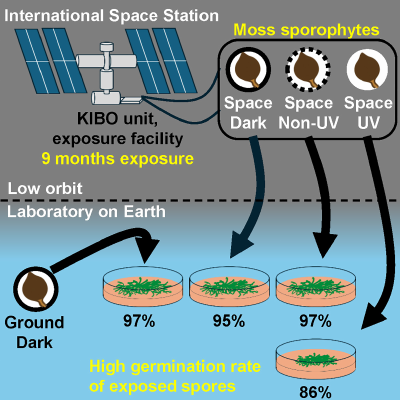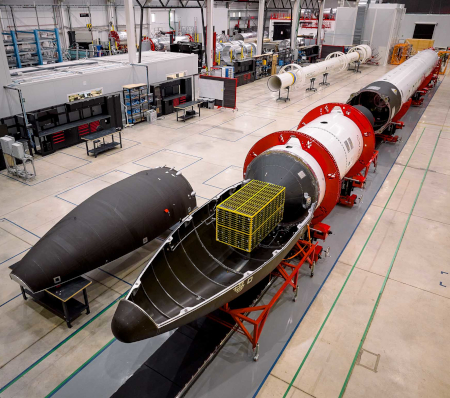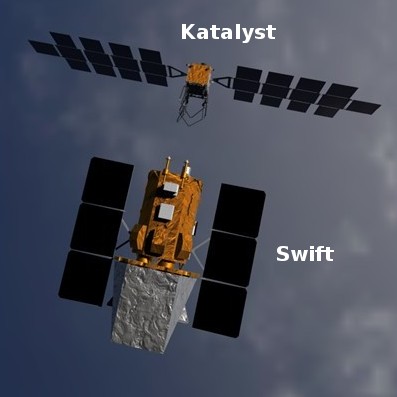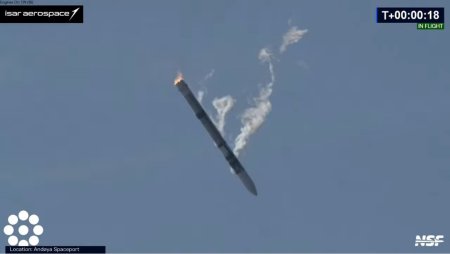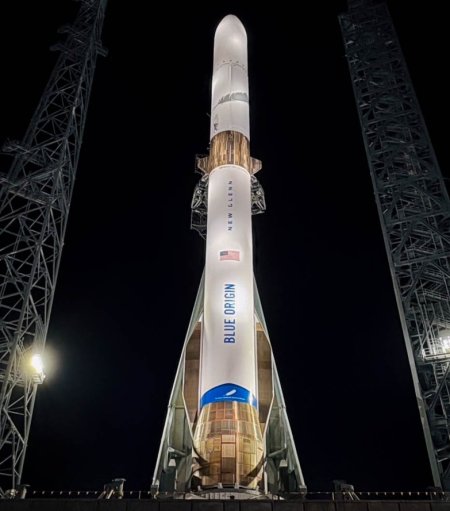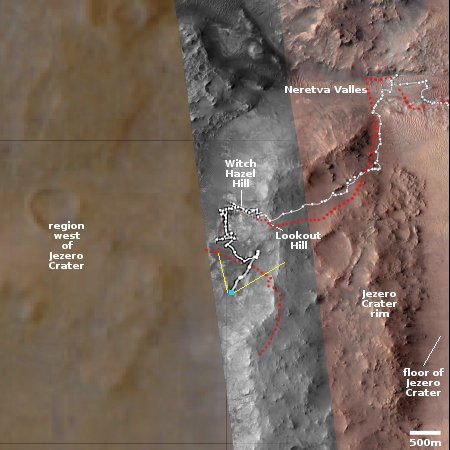China launches a “communications technology test satellite”
China today successfully launched what its state-run press called a “communications technology test satellite,” its Long March 3B rocket lifting off from its Xichang spaceport in southwest China.
No other details about the satellite were released. Nor did that state-run press provide any information about where the rocket’s lower stages, using very toxic hypergolic fuels, crashed inside China.
The leaders in the 2025 launch race:
152 SpaceX
72 China (a new record)
15 Rocket Lab
13 Russia
SpaceX still leads the rest of the world in successful launches, 152 to 120.
China today successfully launched what its state-run press called a “communications technology test satellite,” its Long March 3B rocket lifting off from its Xichang spaceport in southwest China.
No other details about the satellite were released. Nor did that state-run press provide any information about where the rocket’s lower stages, using very toxic hypergolic fuels, crashed inside China.
The leaders in the 2025 launch race:
152 SpaceX
72 China (a new record)
15 Rocket Lab
13 Russia
SpaceX still leads the rest of the world in successful launches, 152 to 120.

